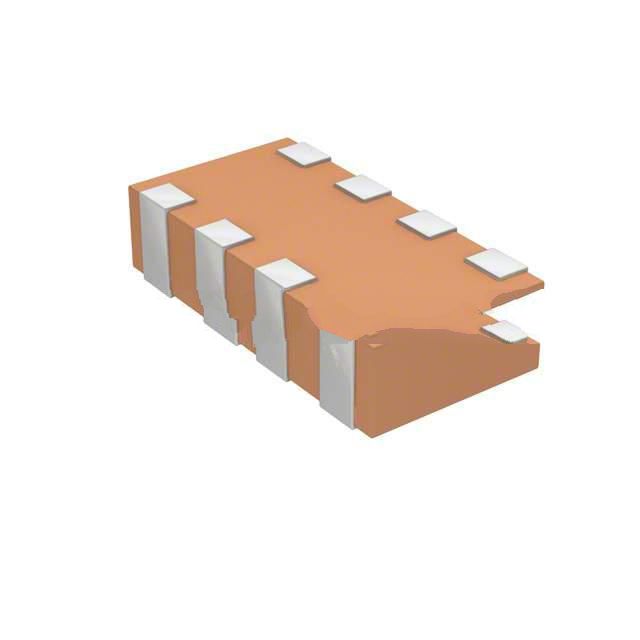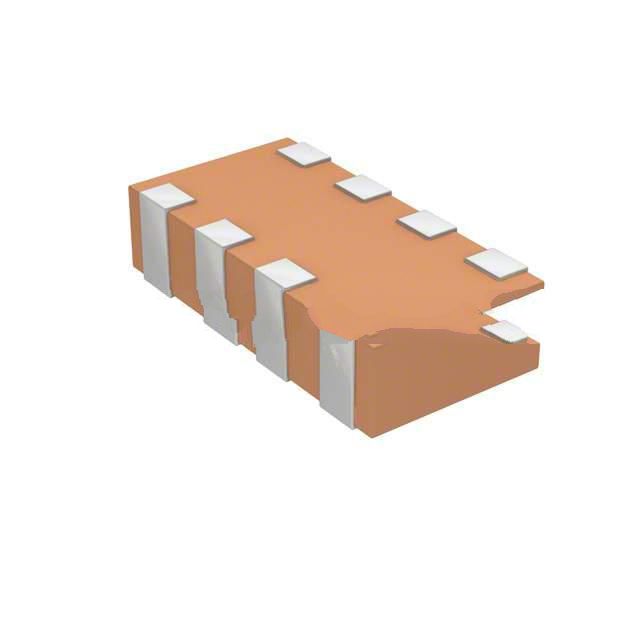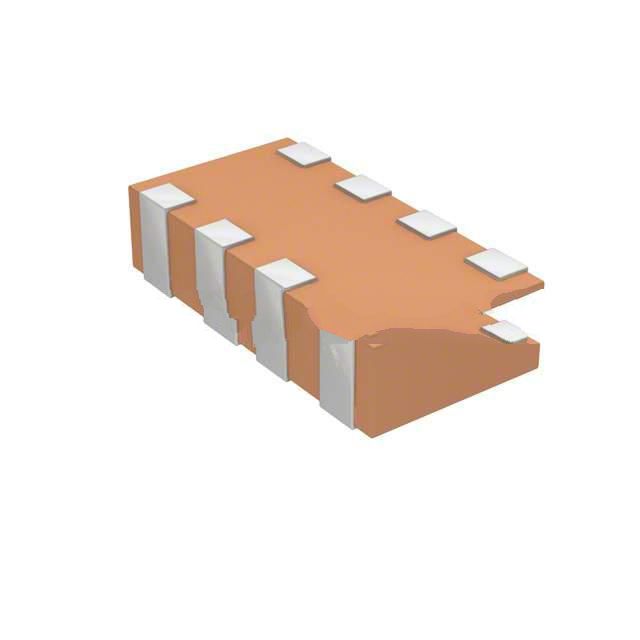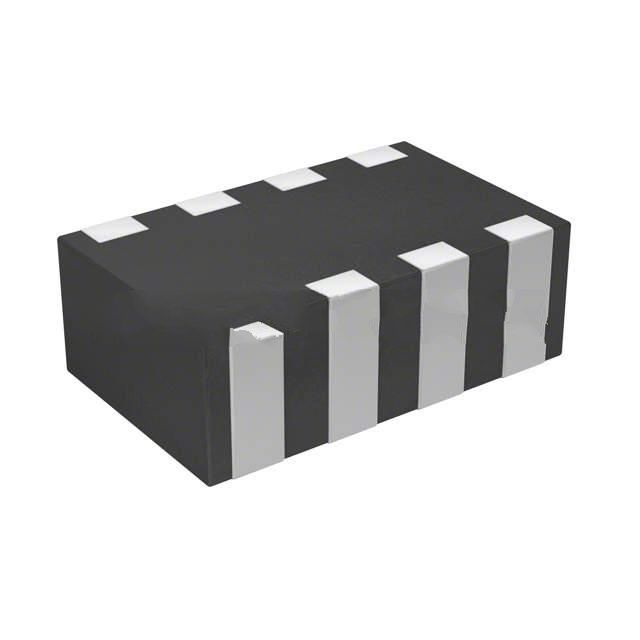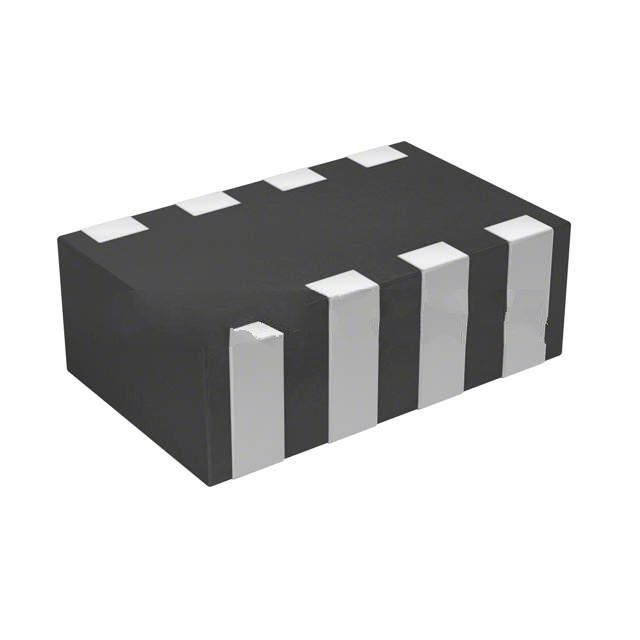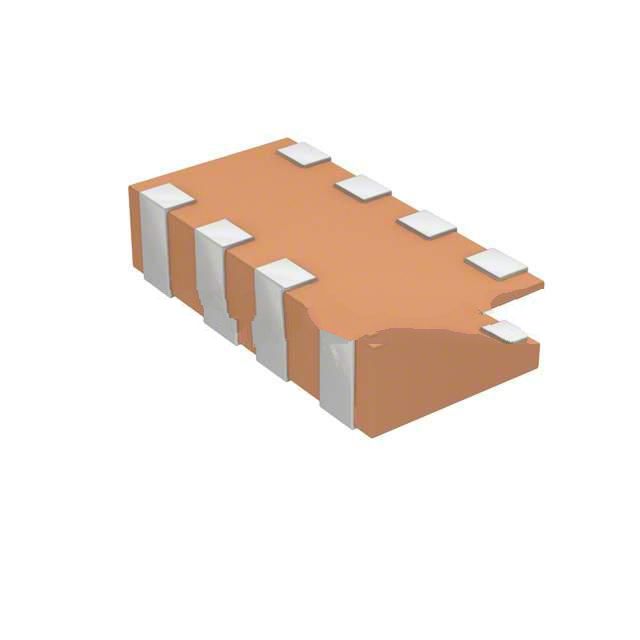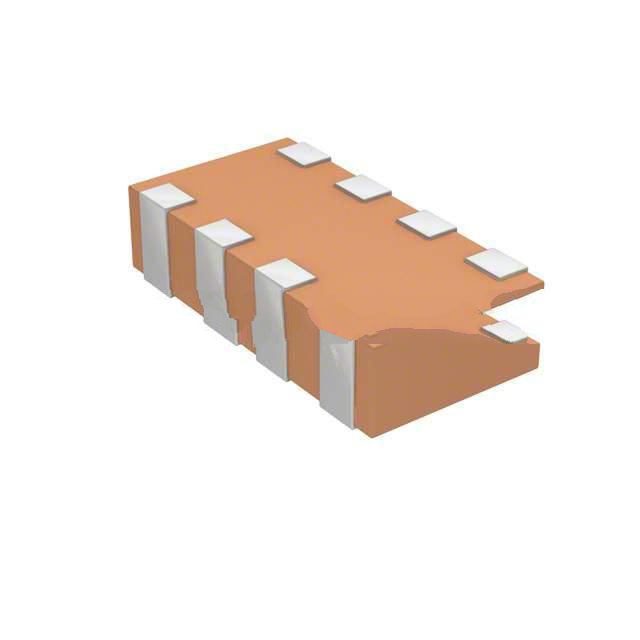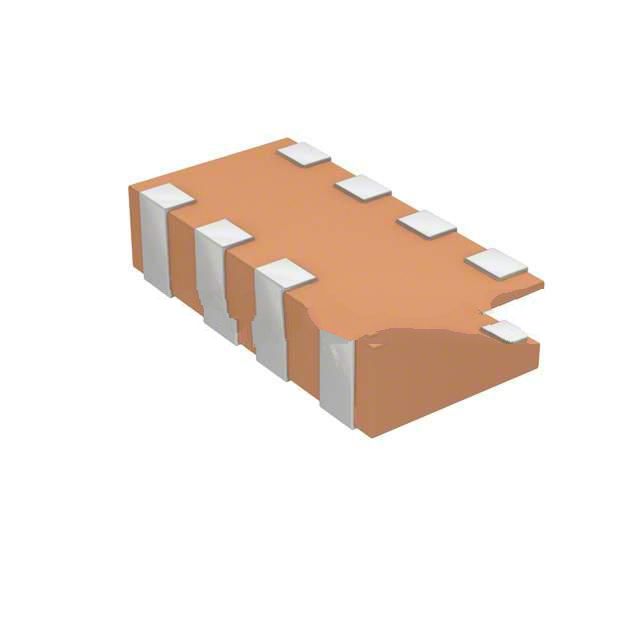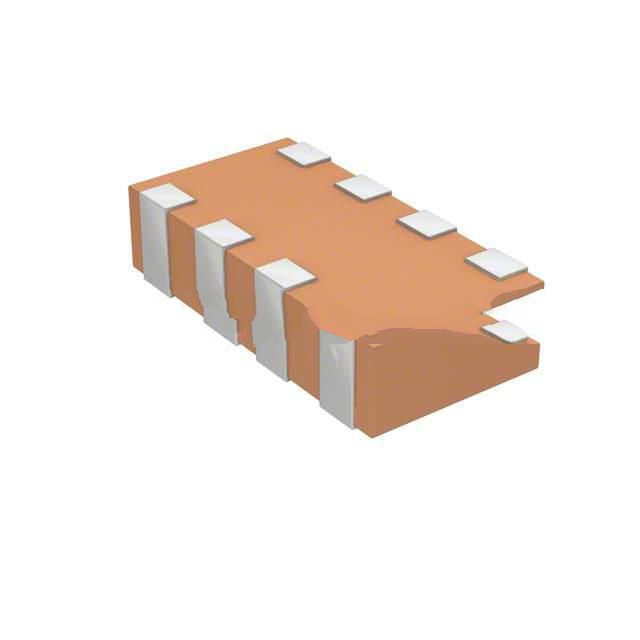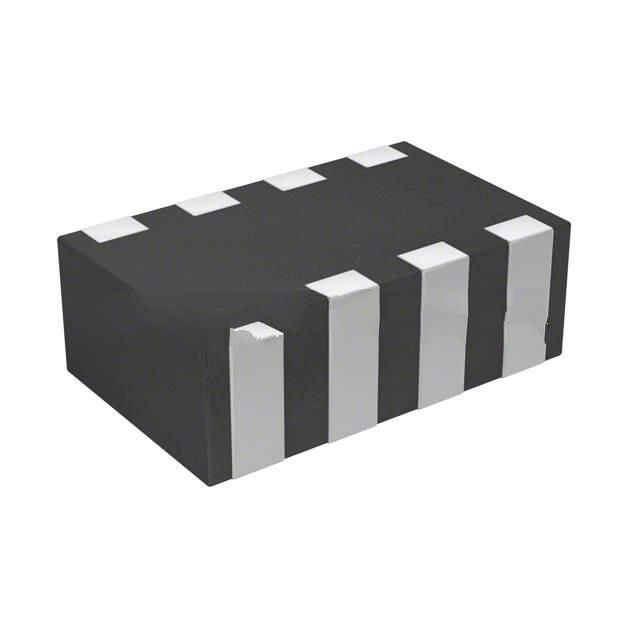What is a ceramic capacitor -ceramic capacitor working
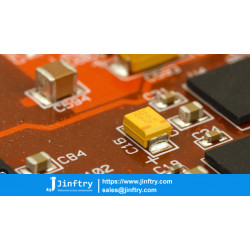
What is a ceramic capacitor
Ceramic capacitors are also known as ceramic capacitor or monolithic capacitor. As the name suggests, a ceramic capacitor is a capacitor whose dielectric material is ceramic. According to the different ceramic materials, it can be divided into low-frequency ceramic capacitors and high-frequency ceramic capacitors. According to the classification of structural form, it can be divided into round capacitor, tubular capacitor, rectangular capacitor, sheet capacitor, through-core capacitor and so on.

Classification of ceramic capacitors
By voltage: ultra high voltage, high voltage, low voltage, AC
1. Ultra-high voltage: ≥10KVdc;
2. High voltage: ≥500Vdc, < 10KVdc;
3. Low voltage: ≥16Vdc, < 500KVdc;
Ceramic capacitors are classified by temperature characteristics:
Class
1: high frequency ceramic capacitor, NP0, SL, etc.;
Class
2: High dielectric constant capacitors, Y5P, Y5U, Y5V, etc.
Class
3: Semiconductor ceramic capacitors, in principle, Y5P, Y5U, Y5V. In fact, Y5V is currently dominant.
Where are ceramic capacitors used
1. Small temperature coefficient, suitable for tuned circuits and circuits requiring compensation effects.
2. High dielectric constant, suitable for bypass, coupling, DC isolation and filter circuits.
3. Large capacity, small size, low voltage. Used in filtering, bypass and coupling circuits.
4. Ac: Anti-electromagnetic interference.

What are the functions of ceramic capacitors
Ceramic capacitors play a variety of important roles in the circuit, mainly including the separation through alternating, coupling, bypass, filtering and so on. Its functions are as follows:
1. Direct sex. Ceramic capacitors can block the passage of the DC components and allow only the AC components to pass through, which is very useful in situations where the AC components need to be separated from the DC and AC components.
2. Coupling. In coupling applications, ceramic capacitors can smooth the pulses on the power supply circuit, making the signal closer to DC, thus stabilizing the operation of the circuit.
3. Bypass. Ceramic capacitors can be used in bypass circuits, especially in high-voltage bypass and coupling circuits, and their low-loss models can reduce dielectric losses, suitable for television receivers and scanning circuits.
4. Filter. By combining capacitors, resistors and inductors, a frequency-specific filter can be made to take out signals of low or high frequency components.
In addition, ceramic capacitors have a small temperature coefficient and are suitable for tuned circuits and circuits that require compensation effects.

ceramic capacitor working
The working principle of ceramic capacitors is mainly based on the storage and transfer of electric charges in ceramic materials under the action of electric fields.
Ceramic capacitors usually consist of two metal electrodes and a ceramic insulating layer between them. When these capacitors are charged, the positive charge will gather on one electrode, and the negative charge will gather on the other electrode, forming an electric field. When the power supply is disconnected, the capacitor retains potential energy and releases this energy when needed. The capacitance value of a ceramic capacitor depends on the area of the electrode plate, the distance between the electrode plates and the dielectric constant of the ceramic insulating layer. The larger the capacitance value, the closer the distance between the electrode plates, or the higher the dielectric constant, the greater the electric field strength. When a signal needs to be transmitted in the circuit, the charge flows from the power supply into one of the electrodes of the capacitor, and then an electric field is formed between the two electrodes, thus transmitting the signal. When the signal arrives, the charge is stored in the electric field of the capacitor and released when the signal reaches the end point to ensure the transmission quality of the signal.
In addition, the performance of ceramic capacitors is also affected by the type and structure of ceramic materials. According to the different ceramic materials, ceramic capacitors can be divided into low-frequency ceramic capacitors and high-frequency ceramic capacitors. According to the structural form, it can be divided into round sheet, tubular, rectangular, sheet and through-core capacitor and other forms.

